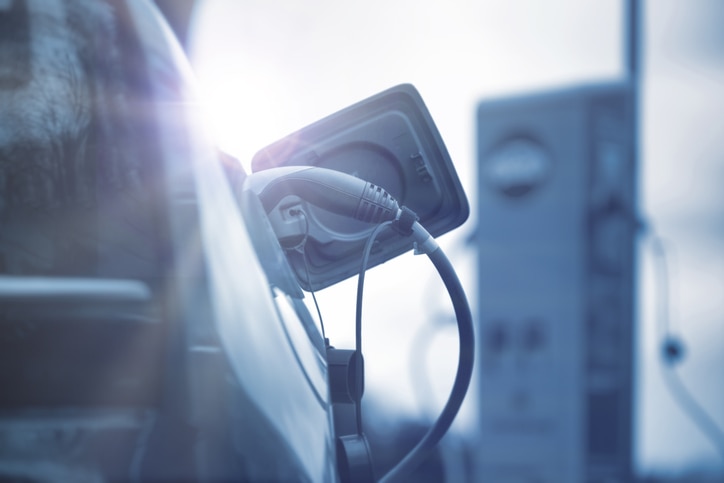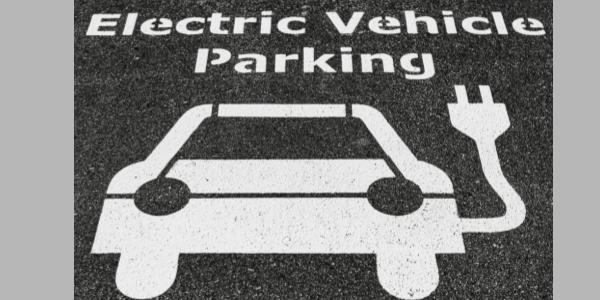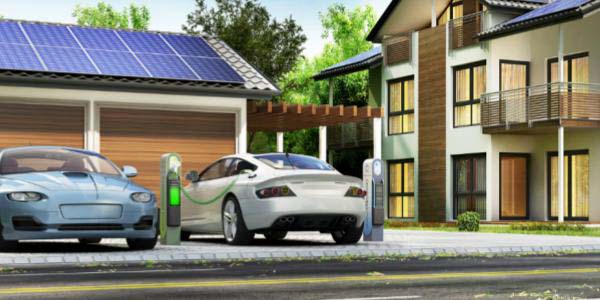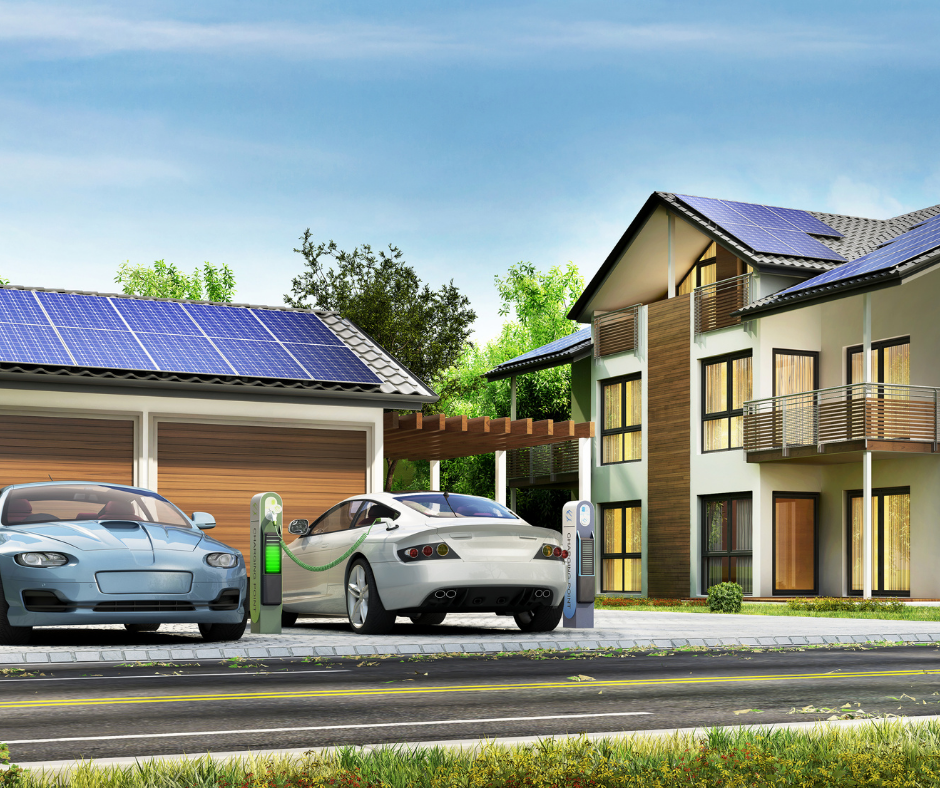Renters Want To Go Electric, But Where Will They Charge?
By Margaret-Ann Leavitt
 I am often asked, “Why should I install EV charging stations?” There are many answers to that question: EVs are better for the environment, they reduce greenhouse gasses and they look good parked outside your business. But the top reason I cite is loyalty. EV drivers tend to be much more faithful to businesses with charging.
I am often asked, “Why should I install EV charging stations?” There are many answers to that question: EVs are better for the environment, they reduce greenhouse gasses and they look good parked outside your business. But the top reason I cite is loyalty. EV drivers tend to be much more faithful to businesses with charging.
If you like us, we’ll like you.
It makes sense, right? EVs need to be charged and drivers will frequent businesses that make fueling easy for them. In fact, several years ago, Kohl’s found electric car drivers spent about 20 more minutes in store than non-EV drivers. Similarly, another major retailer found EV drivers shopped more than three times longer than their gas car counterparts. With statistics like these, the ROI is much higher than most realize.
Testing the theory.
A few years ago, my team and I decided to put this theory to the test and conducted an online survey to learn more about fueling and loyalty among EV drivers. The results were overwhelmingly conclusive. Electric car owners were more likely to favor businesses with available charging. And the numbers were big!
When asked if charging makes them more loyal to a business, 81% of the 700+ EV owners blindly polled, said ‘Yes!’ And listen to what else they had to say:
- “We’ve spent way more money eating at restaurants with charging stations than we ever would have spent on gas.”
- “It’s the convenience. I’m there and I will explore at close by businesses.”[translation: ‘spend money’]
- “Absolutely! The very first thing we did after taking delivery of our EV was to go support a business that had chargers installed.”
- “One day our local supercharger even cost me new glasses” – alluding to her increased propensity to spend while waiting for her car to charge.
Tesla drivers proved to be even more loyal.
The loyalty among Tesla owners was even greater at 92%. Until recently, Tesla drivers could boast having the longest driving range available, often not needing to charge away from home unless they were traveling. So, Tesla loyalty is rooted less in need which is even more telling. They consciously want to support businesses who embrace the future. For them, it was less about requiring fuel and more about brand appreciation and EV recognition.
Loyalty is invaluable in our post-pandemic world.
While the pandemic is not fully over, it and the wide array of supply chain shortages has had a tremendous impact on how we shop. When the pandemic upended our lives, it also created space for shoppers to try new things. A McKinsey report found that “75% of consumers tried a new shopping behavior, from e-commerce to curbside pickup to shopping local.”
With our options growing daily and the exponential rise of online shopping, securing customer allegiance is priceless to retailers. And this isn’t just about high-end luxury car owners. The owners our team polled represented a wide cross-section of electric cars, new and used, ranging in price from $15K-$100K+. Regardless of their investment, all frequented businesses where they, and their cars, felt most appreciated.
Going Green.
Those polled also noted they like to frequent businesses with a lower carbon footprint and those who are looking out for our shared environment. One response said, “I like to see businesses supporting green initiatives.” – a trend that is becoming increasingly more important to consumers.
The Nielsen Global Corporate Sustainability Report found that 66% of survey respondents shared they were willing to pay more for sustainable goods. And, a further study conducted by Harris Interactive found that 82% of adults claim to be well informed about brands with a strong track record for sustainability. These findings align perfectly with the primary reason EV drivers buy electric in the first place. There are numerous motives to switch from the internal combustion engine (ICE) to an EV, but the primary stimulus is the lower environmental impact.
Another benefit of EVs for retailers is that they are cheaper to run and maintain, especially with increasing gas prices – allowing electric drivers to enjoy more disposable income. In other words, loyal customers have more money to spend at your business.
Retail and beyond.
Interestingly, the commitment to green businesses goes well beyond retail. It plays a role when EV drivers decide where to rent (if they’re not homeowners), where they ‘play’ and where they chose to vacation.
Hotels are a great example. My husband, for example, is willing to give up hotel points for a hotel with charging – in other words, future stays lose out to current fueling which is a huge change in behavior for him and most of us.
Our survey respondents agreed. One respondent shared “I travel to the same city at least once each month for business trips. I stayed at the same hotel for the last 5 years. They know me by name, leave little extras in the room periodically as a thank you and so forth. I switched because the hotel down the street has a charger in the parking garage.”
It’s time to get EV ready
Whether we’re ready or not, the EV revolution is here and electric driving in our future. Regardless of the EV brand drivers choose, our research found having easily-accessible charging available increased loyalty and, in turn, their spending. So, it begs the question – why haven’t you added EV charging to your parking lot yet?
Margaret-Ann Leavitt is senior vice president, marketing for National Car Charging and Aloha Charge. She can be reached at mleavitt@nationalcarcharging.com.










